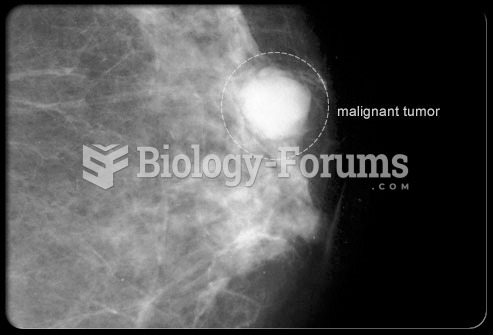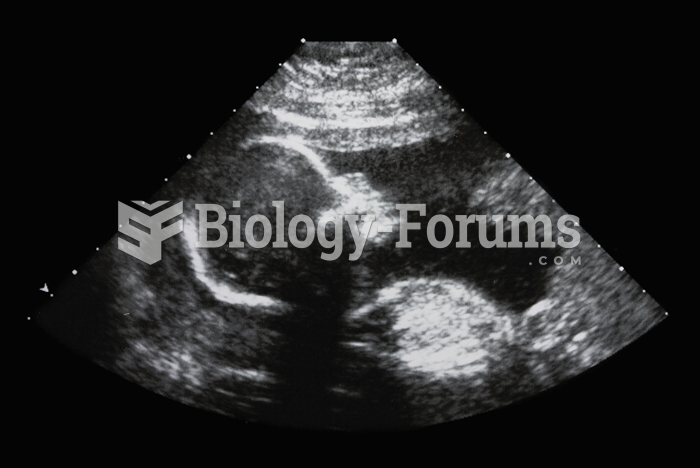|
|
|
Certain topical medications such as clotrimazole and betamethasone are not approved for use in children younger than 12 years of age. They must be used very cautiously, as directed by a doctor, to treat any child. Children have a much greater response to topical steroid medications.
People often find it difficult to accept the idea that bacteria can be beneficial and improve health. Lactic acid bacteria are good, and when eaten, these bacteria improve health and increase longevity. These bacteria included in foods such as yogurt.
Bacteria have flourished on the earth for over three billion years. They were the first life forms on the planet.
When blood is exposed to air, it clots. Heparin allows the blood to come in direct contact with air without clotting.
In the United States, an estimated 50 million unnecessary antibiotics are prescribed for viral respiratory infections.







